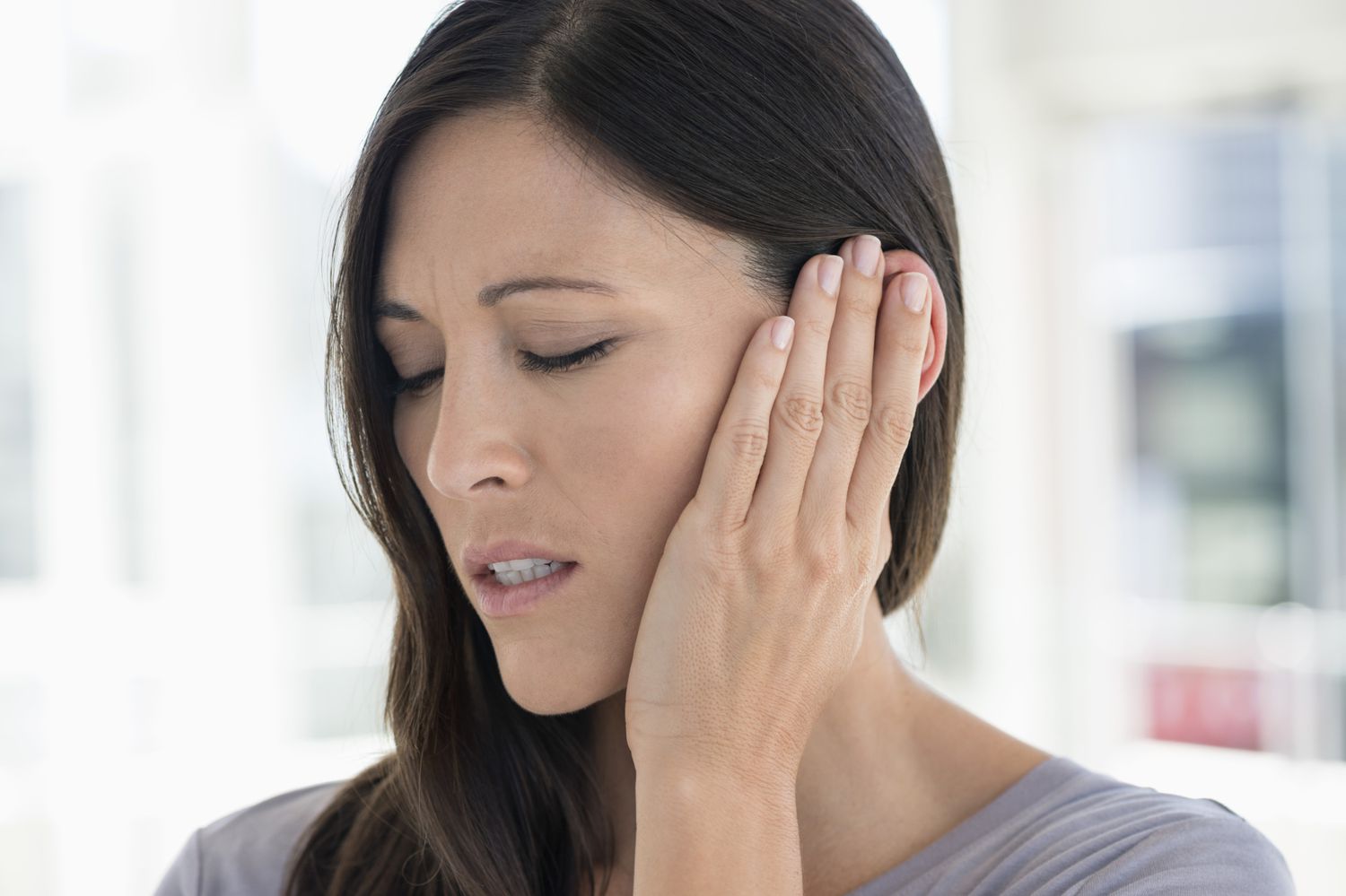Aching Enigma: Unraveling the Causes of Ear and Jaw Pain on One Side (Not Necessarily Cancer)
Ear and jaw pain on one side can be a disconcerting experience, sending shivers down your spine and prompting worries about serious medical conditions. While cancer can be a cause, it’s important to remember it’s not the only explanation. This comprehensive guide explores the various reasons behind this type of pain, helping you navigate potential causes and seek appropriate care.
Understanding the Painful Duet: Ear and Jaw Connection
The intricate network of nerves, muscles, and bones in the head and neck region can sometimes lead to referred pain. When one area experiences discomfort, the pain can be felt in another seemingly unrelated location. This explains why jaw pain might manifest as earache, or vice versa.
Exploring the Culprits: Common Causes of Ear and Jaw Pain on One Side
Several conditions, some more serious than others, can trigger this specific pain pattern:
- Temporomandibular Joint (TMJ) Disorders: TMJ disorders encompass various conditions affecting the temporomandibular joint, which connects your jaw to your skull. Symptoms include pain in the jaw, face, or ear, clicking or popping sounds in the jaw, and difficulty chewing.
- Toothaches: Dental problems like abscesses, infected teeth, or wisdom teeth eruption can cause throbbing pain that radiates to the jaw and ear.
- Sinusitis: Inflammation of the sinuses, located near the cheekbones and forehead, can manifest as pain and pressure in the face, including the ear and jaw on the affected side.
- Ear Infections: Acute otitis media, or a middle ear infection, often presents with earache, fever, and sometimes jaw pain, especially in children.
- Neuralgia: Trigeminal neuralgia, a chronic pain condition affecting the trigeminal nerve, can cause excruciating jolts of pain in the face and jaw, sometimes radiating to the ear.
Less Common Causes to Consider:
While less frequent, some other conditions can also cause ear and jaw pain on one side:
- Mumps: This viral infection can cause swelling of the parotid glands, located near the jaw, leading to facial pain and earache.
- Shingles: This reactivation of the chickenpox virus can cause a painful rash, sometimes affecting the face and jaw, with accompanying ear pain.
- Tumors: While less likely, tumors in the jaw, parotid gland, or certain types of head and neck cancers can cause ear and jaw pain.
Red Flags: When to Seek Immediate Medical Attention
While ear and jaw pain can often be attributed to benign causes, certain red flags warrant immediate medical attention:
- Sudden, severe earache
- Fever and chills
- Difficulty opening the mouth
- Facial numbness or weakness
- Pus draining from the ear
- Persistent pain lasting for weeks despite home remedies
Seeking Clarity: Diagnosis and Treatment
To determine the cause of your ear and jaw pain, a doctor will conduct a physical examination, inquire about your medical history, and might order additional tests like X-rays, CT scans, or blood tests. Treatment depends on the underlying cause. Here are some examples:
- TMJ Disorders: Treatment options might include pain relievers, relaxation techniques, physical therapy, or a mouthguard.
- Toothaches: Depending on the severity, treatment could involve dental fillings, root canals, or tooth extraction.
- Sinusitis: Decongestants, nasal corticosteroids, or antibiotics might be prescribed to clear the sinus infection.
- Ear Infections: Antibiotics are typically used to treat bacterial ear infections.
The Power of Prevention: Minimizing Your Risk of Ear and Jaw Pain
Here are some tips to help prevent ear and jaw pain:
- Maintain good oral hygiene: Regular brushing and flossing can prevent toothaches.
- Manage stress: Stress can worsen TMJ symptoms. Practice relaxation techniques like yoga or meditation.
- Practice good posture: Poor posture can contribute to TMJ problems.
- Wear a mouthguard: A mouthguard worn at night can help prevent teeth grinding, a risk factor for TMJ disorders.
Calming the Concerns: When Ear and Jaw Pain Don’t Signal Cancer
While ear and jaw pain can be alarming, remember that cancer is just one, and often less likely, cause. Early diagnosis and treatment of other underlying conditions are crucial, and a healthcare professional can guide you towards the most appropriate course of action.
FAQ: Frequently Asked Questions About Ear and Jaw Pain on One Side
- Can I take antibiotics for ear and jaw pain?
Antibiotics are only effective against bacterial infections. They won’t help with pain caused by TMJ disorders, toothaches, or viral infections. It’s crucial to see a doctor for diagnosis before taking any antibiotics.
- Is there a connection between ear and jaw pain and TMJ?
TMJ disorders are a frequent cause of ear and jaw pain on one side. The pain can originate in the jaw joint and radiate to the ear area.
- How long should I wait to see a doctor for ear and jaw pain?
If the pain is severe, sudden, or accompanied by other concerning symptoms like fever, facial weakness, or difficulty opening your mouth, seek immediate medical attention. For moderate pain that persists for more than a few days or doesn’t respond to home remedies, schedule an appointment with your doctor to determine the cause and get appropriate treatment.
- What tests might a doctor perform to diagnose ear and jaw pain?
A doctor will likely conduct a physical examination, asking about your symptoms and medical history. Depending on the suspected cause, they might order additional tests like:
- X-rays: To examine bones and teeth for abnormalities.
- CT scans: To create detailed cross-sectional images of the head and neck region.
- MRI scans: To assess soft tissues, muscles, and nerves in the area.
Early diagnosis and treatment of the underlying cause of ear and jaw pain are essential for effective pain management and preventing potential complications. By understanding the various possibilities and seeking professional guidance when necessary, you can address this discomfort and restore your well-being.






More Stories
Where to Watch USMNT vs Jamaica National Football Team
How I Met My Monster
How Should a Ring Fit